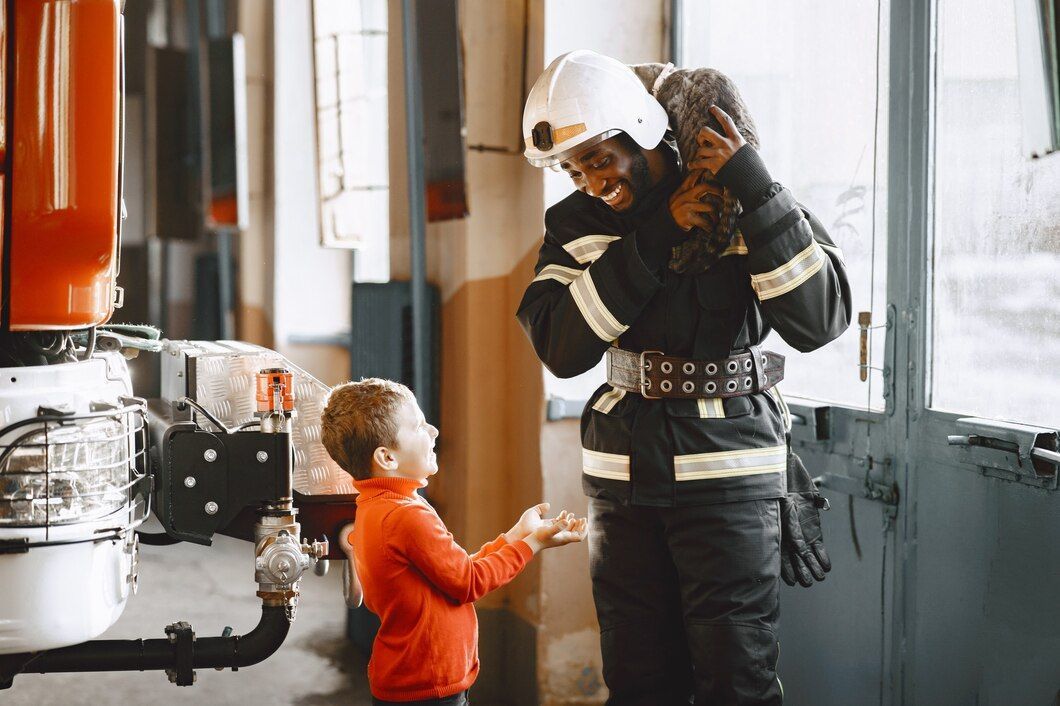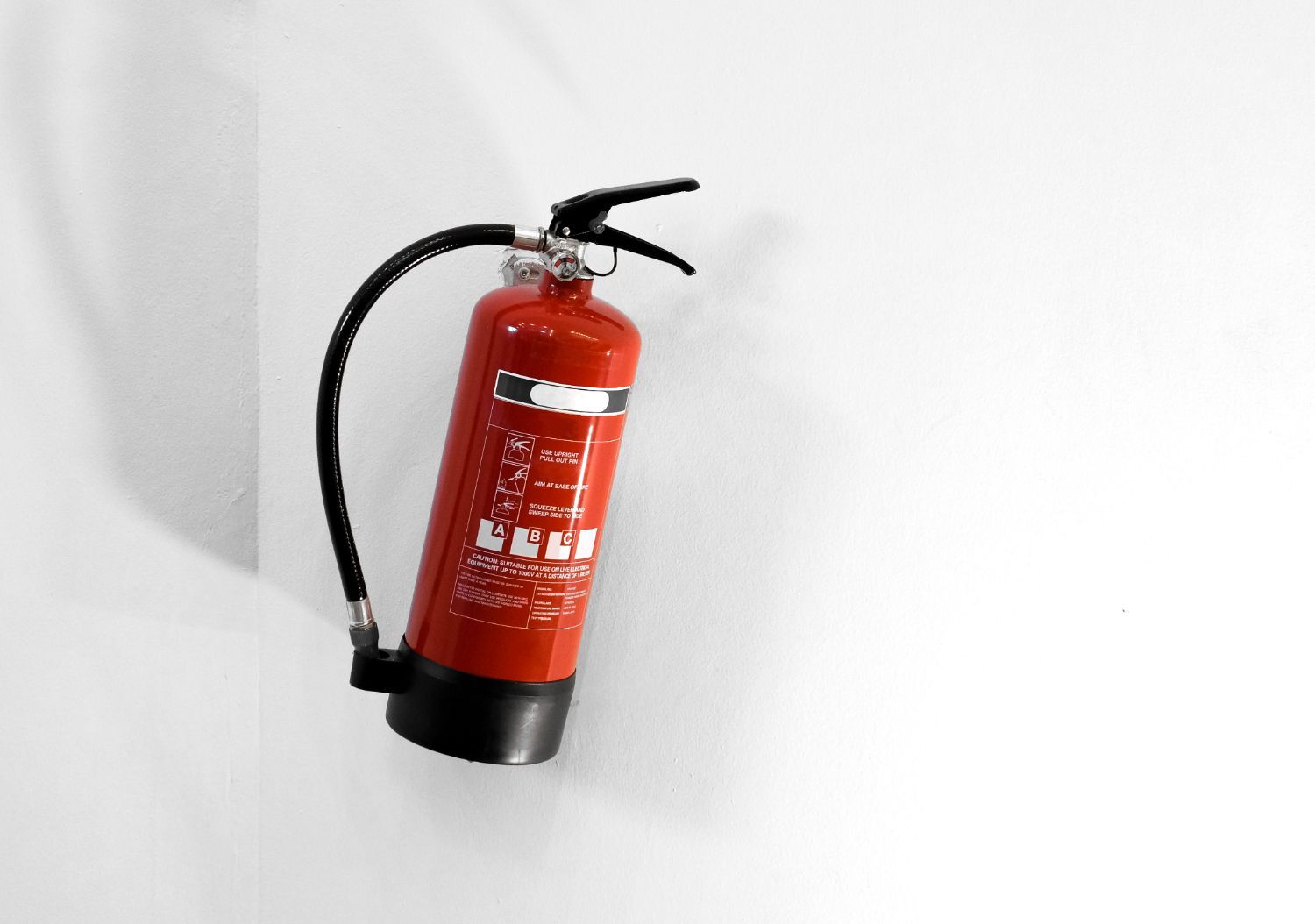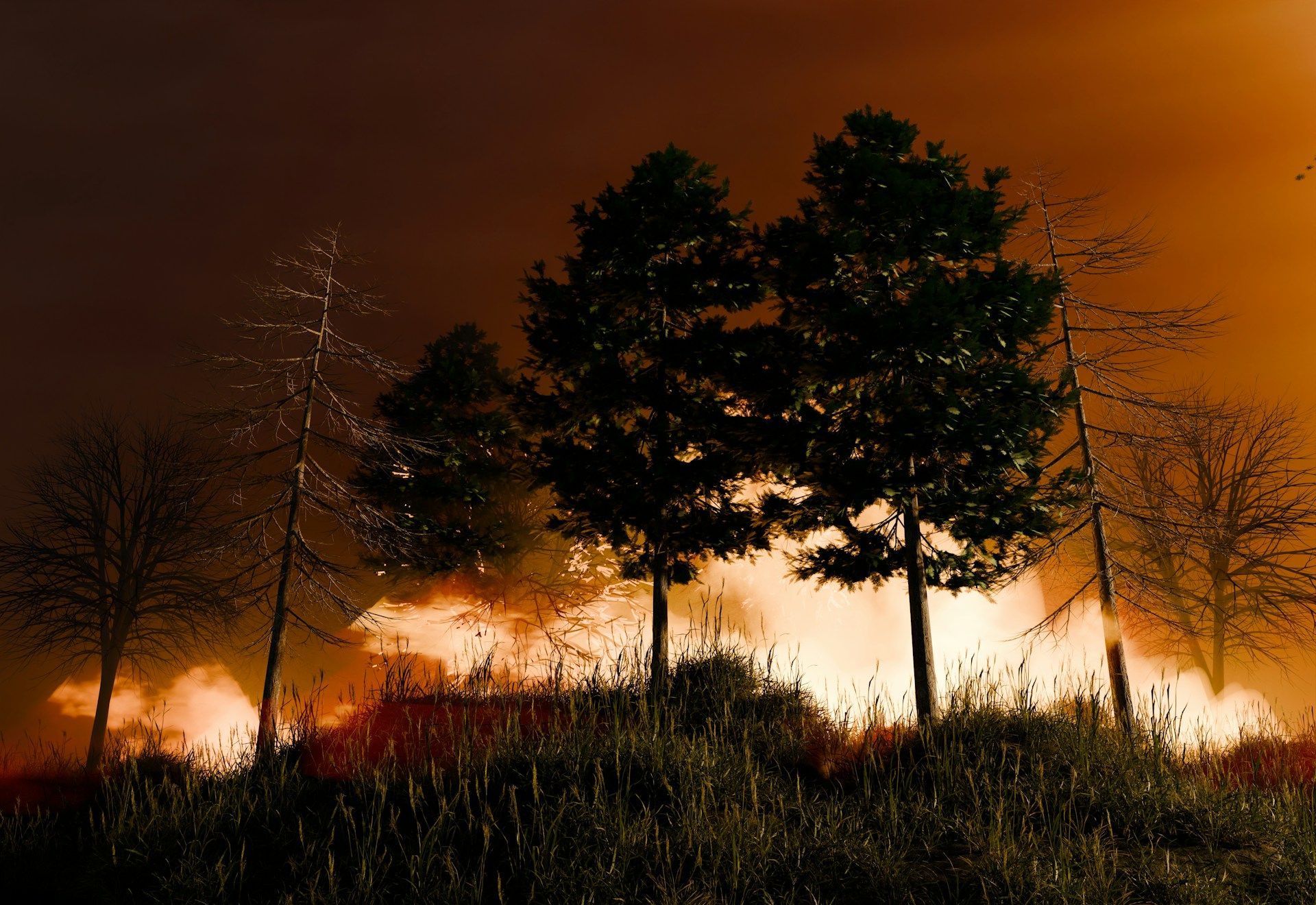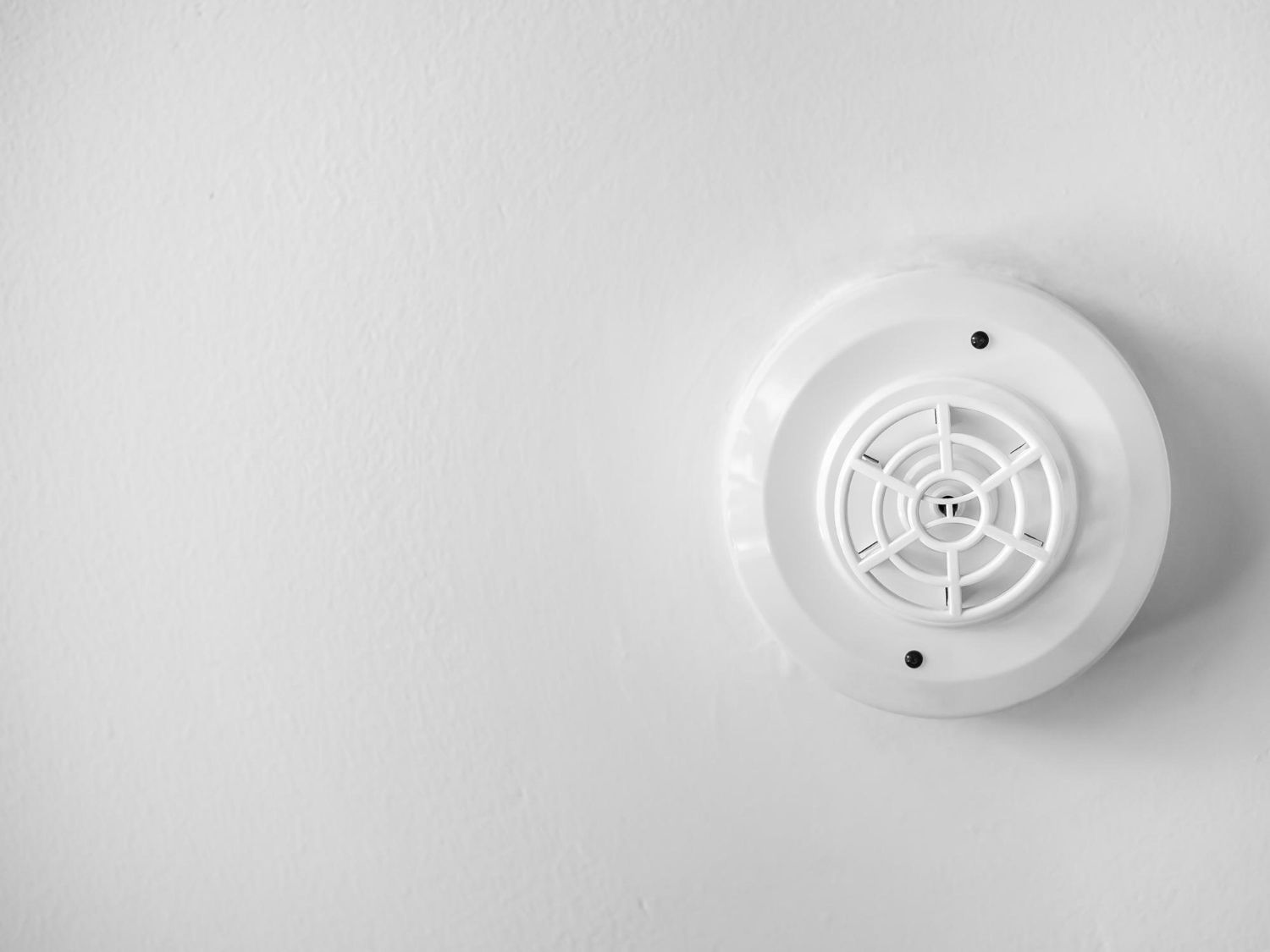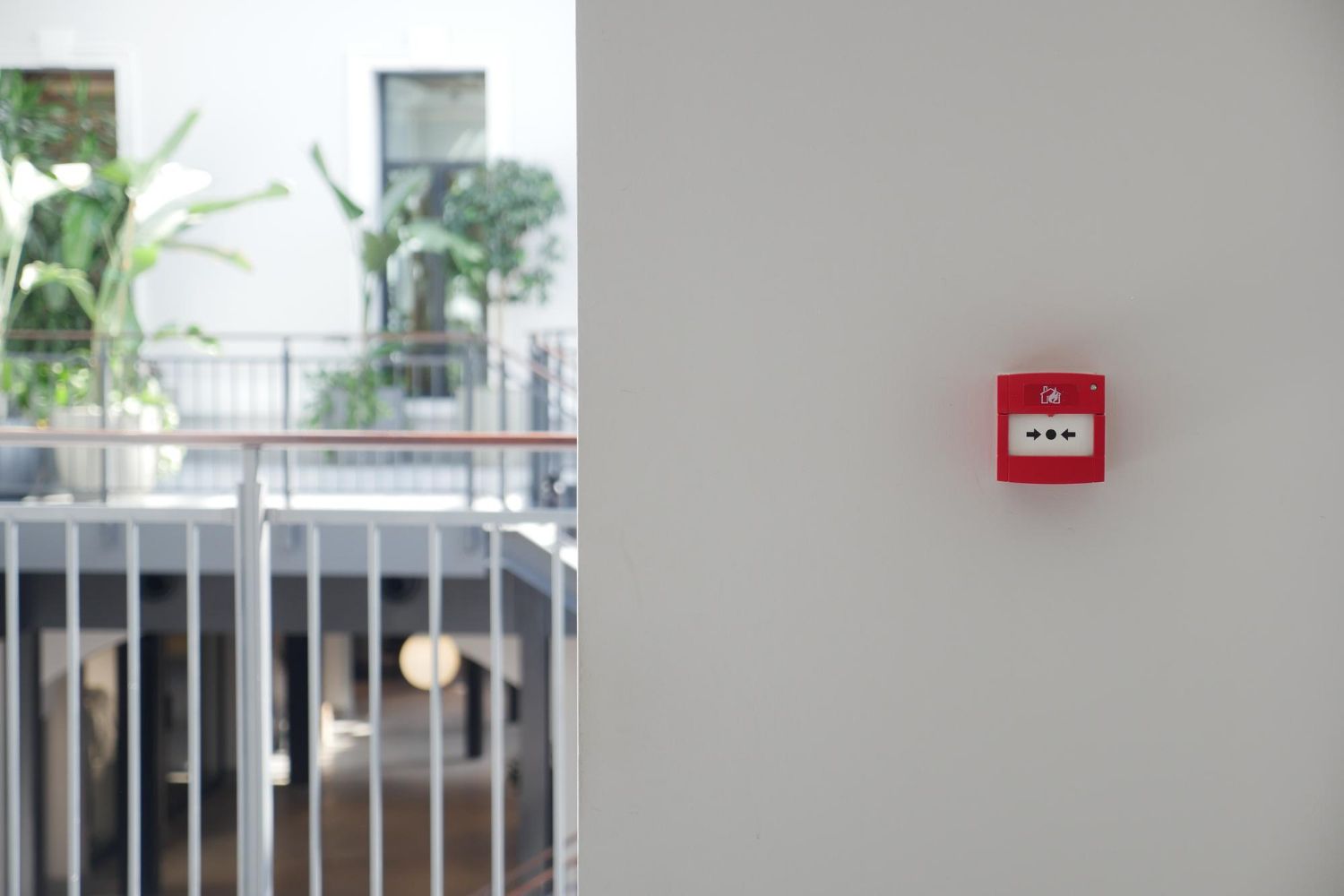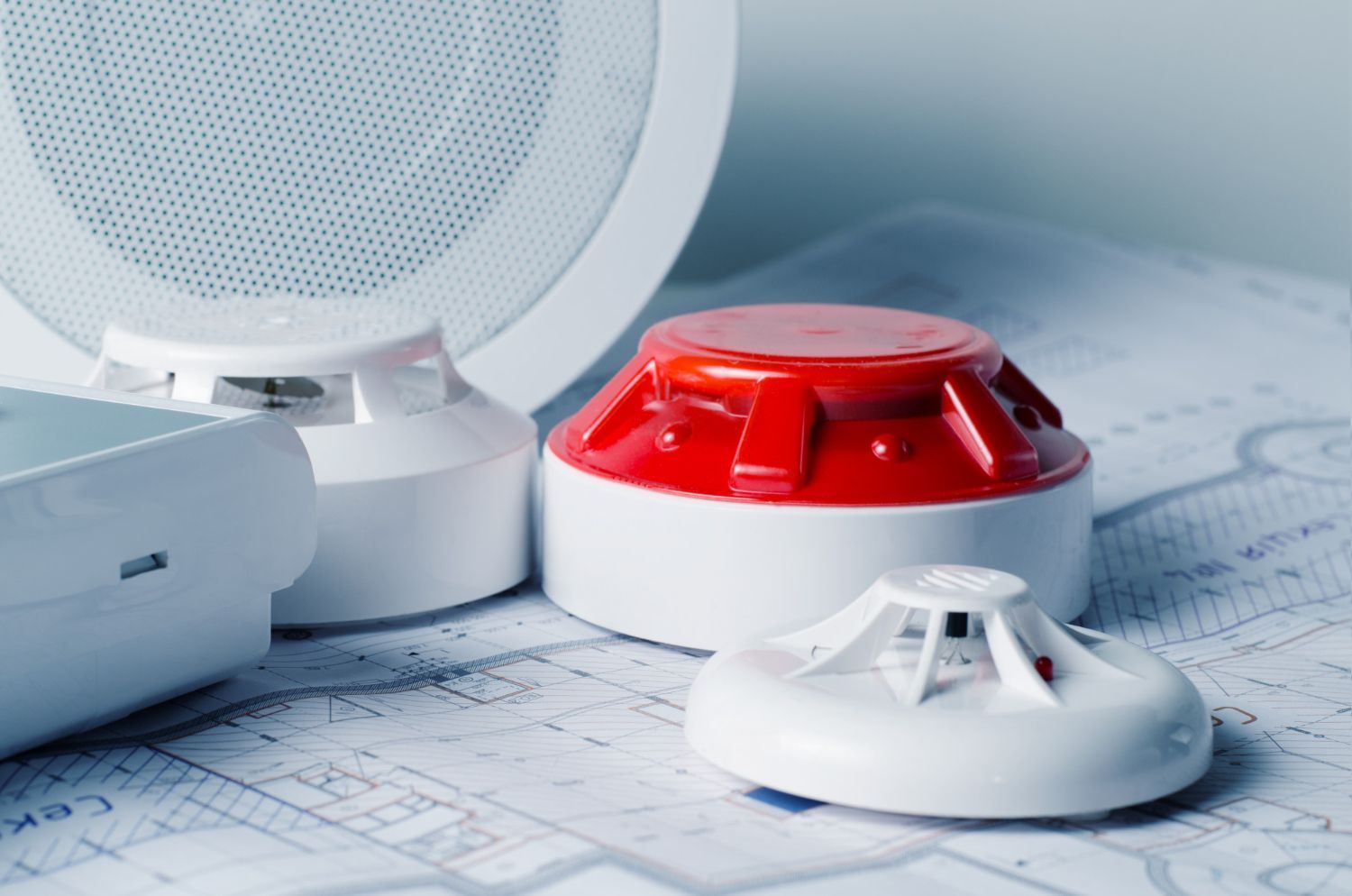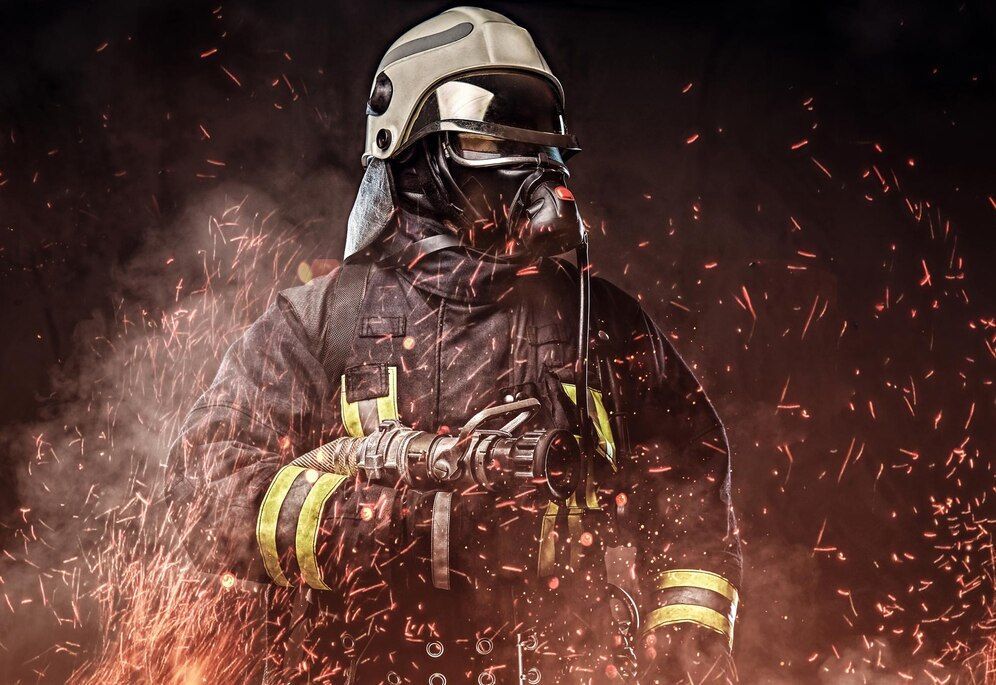Board of Fire Commissioners, Fire District 3,
Township of Old Bridge
Board of Fire Commissioners
Fire District 3
Township of Old Bridge
How to Run a Fire Drill at Home: A Simple Guide
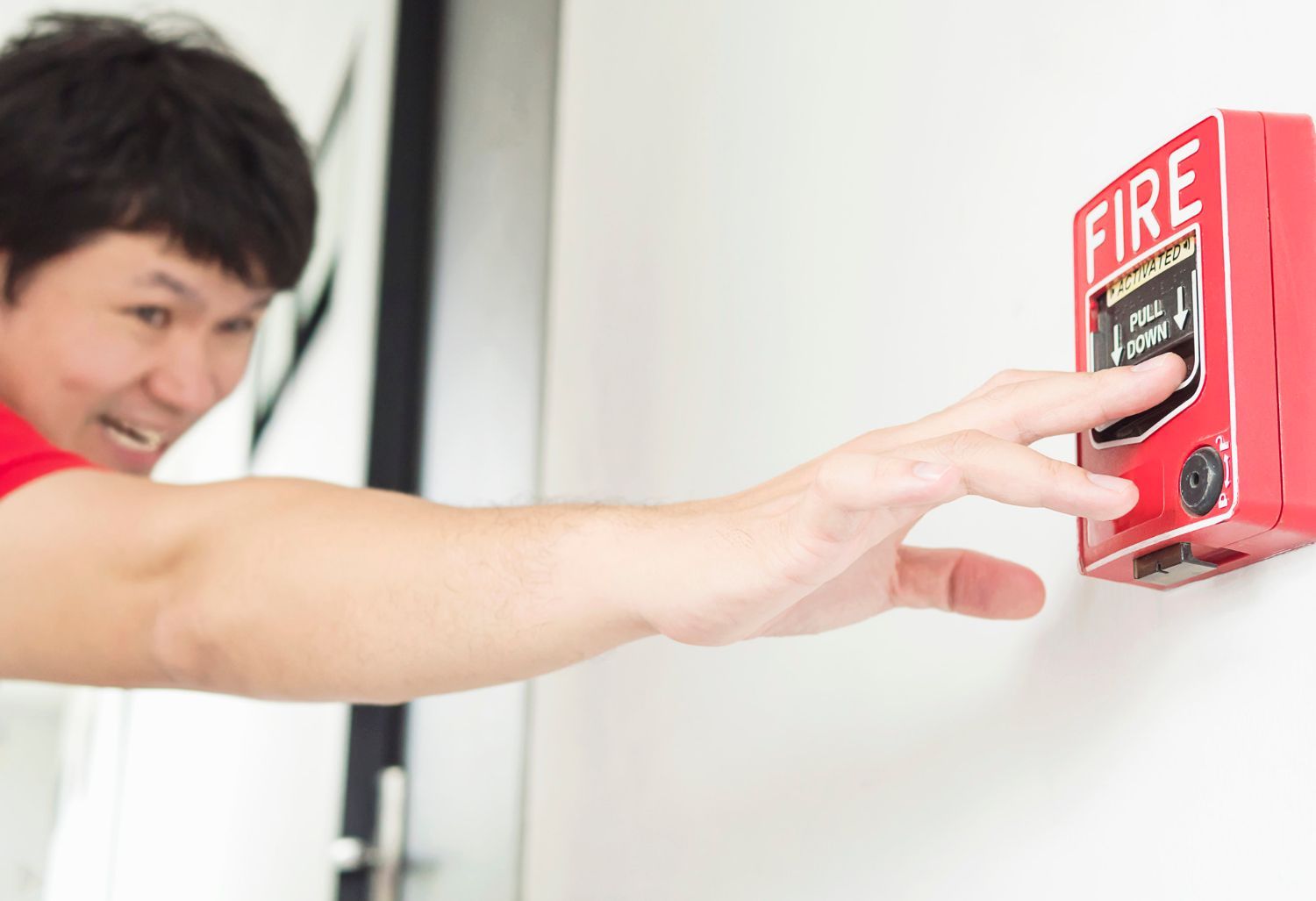
Keeping your family safe from fire hazards is more than just having a fire extinguisher and smoke alarms. One of the most effective ways to ensure safety is to conduct regular fire drills at home. Fire drills help everyone in the household know exactly what to do if a fire occurs, reducing panic and confusion.
Fire drills are not just for schools and workplaces. They are equally important at home. Practicing what to do in a fire is essential because fires can spread quickly, leaving little time to think. When everyone knows the escape routes and planned actions, they can evacuate calmly and quickly.
Conducting home fire drills helps to identify and remove any obstacles that might be in the way during an emergency. It also gives families the chance to practice using different escape routes, understanding how to check doors for heat, and knowing where to meet outside.
Fire drills may seem simple, but they are a crucial part of fire safety. By practicing and refining your fire evacuation plan, you can help ensure that your family stays safe if a fire ever does break out.
Why Fire Drills Are Important
Fire drills are crucial for several reasons. First, they help everyone in the household practice what to do in case of a fire. This practice can save lives by reducing panic and ensuring everyone knows their escape routes. In an emergency, every second counts. Knowing exactly what to do can make a big difference.
Fire drills also help identify any obstacles or problems with your escape routes. By practicing, you might find that certain doors or windows are difficult to open or that objects need to be moved to create a clear path. Addressing these issues beforehand helps prepare your home for a quick and safe evacuation.
Additionally, fire drills teach family members how to react to smoke and flames. For example, during a drill, you can practice staying low to avoid smoke inhalation and checking doors for heat before opening them. These skills are essential and can help everyone stay safe during a fire.
Creating a Fire Escape Plan
Creating a fire escape plan is the first step in running a successful fire drill. Start by drawing a map of your home that includes all windows and doors. Identify at least two escape routes from each room. This way, if one route is blocked, you have another way out.
Include important details on your map, such as the location of smoke alarms and fire extinguishers. Make sure everyone knows where these safety tools are located. Mark a safe meeting place outside where the family will gather after escaping. This meeting place should be a safe distance from the house but close enough for everyone to reach quickly.
Once your map is complete, review it with your entire family. Make sure everyone understands the escape routes and knows what to do if they encounter smoke or flames. Practice using different escape routes and familiarize everyone with the sound of the smoke alarm so they know when to take action.
By creating a detailed and clear fire escape plan, you can ensure that everyone in your household knows how to exit safely in case of a fire. This preparation is a vital part of keeping your family safe.
Steps to Conducting a Fire Drill
Conducting a fire drill at home involves several key steps. Begin by announcing the drill to everyone in your household. Explain that it’s just practice, so there will be no need to panic. Make sure everyone is aware of their roles and the escape plan you’ve created.
1. Sound the Alarm: Activate your home’s smoke alarms to start the drill. This helps everyone recognize the sound and understand that it signals an emergency.
2. Practice Escape Routes: Have each family member use one of the pre-planned escape routes. Make sure they practice low crawling to avoid smoke and check doors for heat before opening them.
3. Meeting Point: Ensure everyone heads to the designated meeting point outside your home. This step is crucial as it helps account for everyone quickly during a real fire.
4. Review: After reaching the meeting point, review the drill with your family. Discuss what went well and identify any issues or obstacles encountered during the practice.
Repeat these steps periodically to keep the practice fresh in everyone’s minds. Regular drills will make everyone more confident in case of a real fire.
Reviewing and Improving Your Fire Drill Plan
Reviewing your fire drill plan is an important step to ensure it remains effective. After each drill, gather your family and discuss the following:
1. Timing: Time how long it takes everyone to evacuate the house. Aim for under two minutes; fires can spread quickly, and every second counts.
2. Obstacles: Identify any obstacles or challenges faced during the drill. Did anyone have trouble opening windows or doors? Were there any cluttered pathways?
3. Escape Routes: Evaluate if the escape routes worked as planned. Sometimes obstacles or changes in the home layout necessitate adjustments in the escape plan.
4. Tools and Equipment: Check the functionality of smoke alarms and fire extinguishers. Ensure everyone knows how to use these tools effectively.
5. Family Feedback: Listen to feedback from all family members. Ask if they felt prepared and confident in executing the plan or if they have any suggestions for improvements.
By reviewing and refining your plan regularly, you can make necessary adjustments to improve safety. Encourage open communication during these discussions to ensure everyone’s comfort and understanding.
Conclusion
Running fire drills at home is an essential part of family safety. By understanding why fire drills are important, creating a clear fire escape plan, and practicing steps to conduct a fire drill, you make sure everyone knows what to do in case of an emergency. Reviewing and improving your fire drill plan continually helps address any issues and ensures everyone remains prepared.
At the Board of Fire Commissioners, Fire District 3, Township of Old Bridge, we are dedicated to keeping our community safe. Regular fire drills can protect your family and give you peace of mind. Make fire safety a priority, and practice your fire drills often.
Ready to enhance your family’s fire safety plan? Visit our website for more
fire prevention tips and resources from the Board of Fire Commissioners, Fire District 3, Township of Old Bridge!
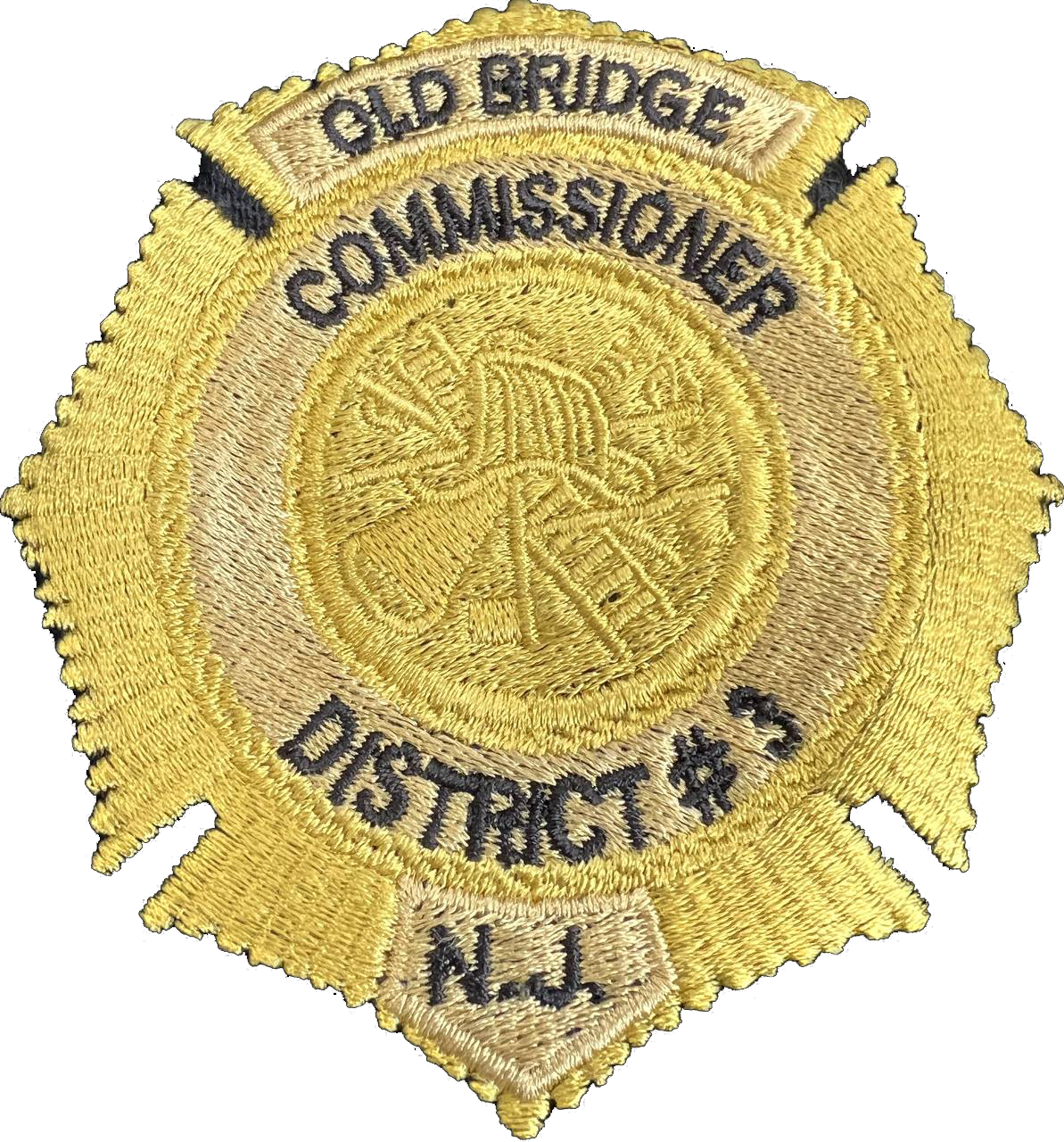
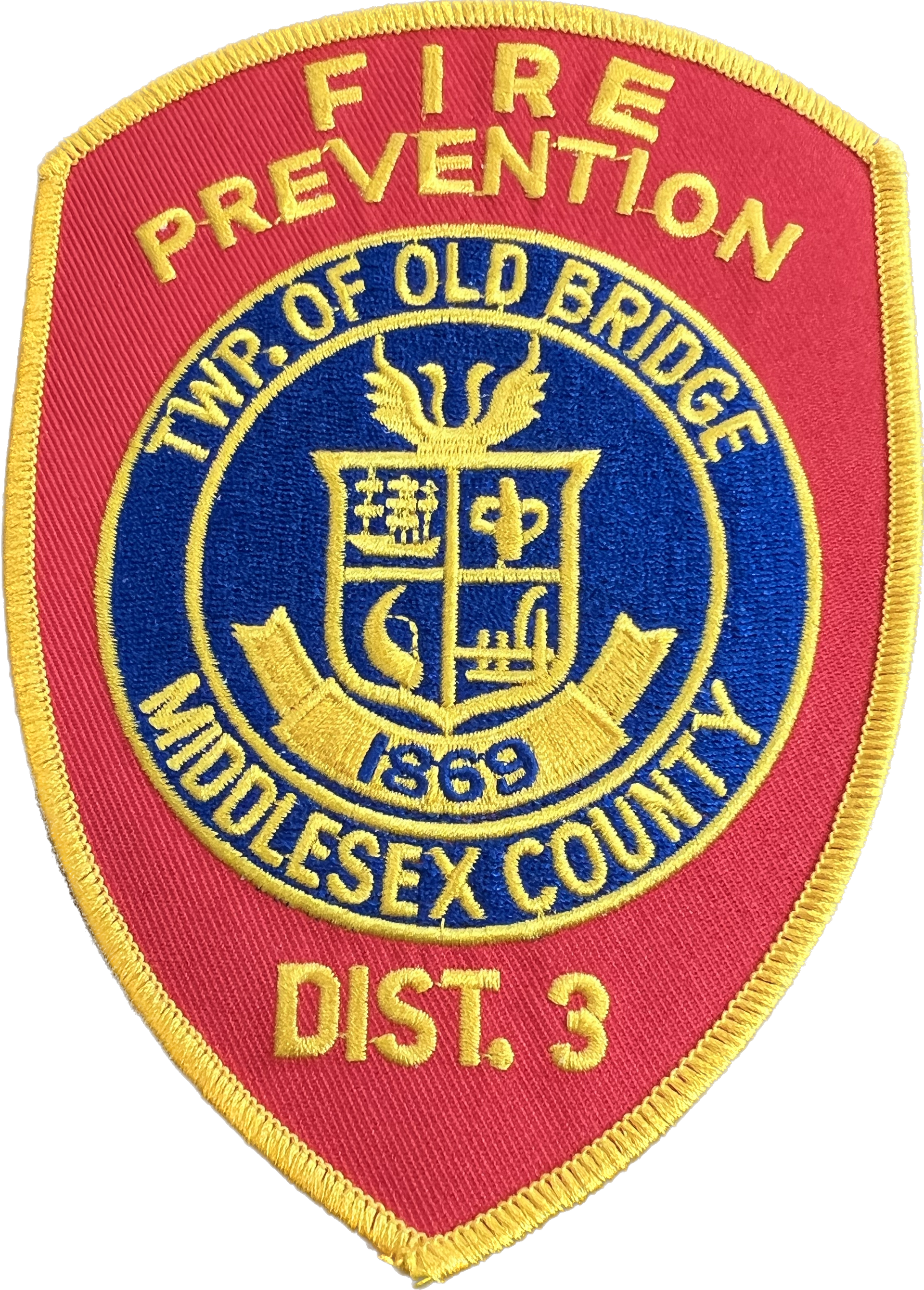
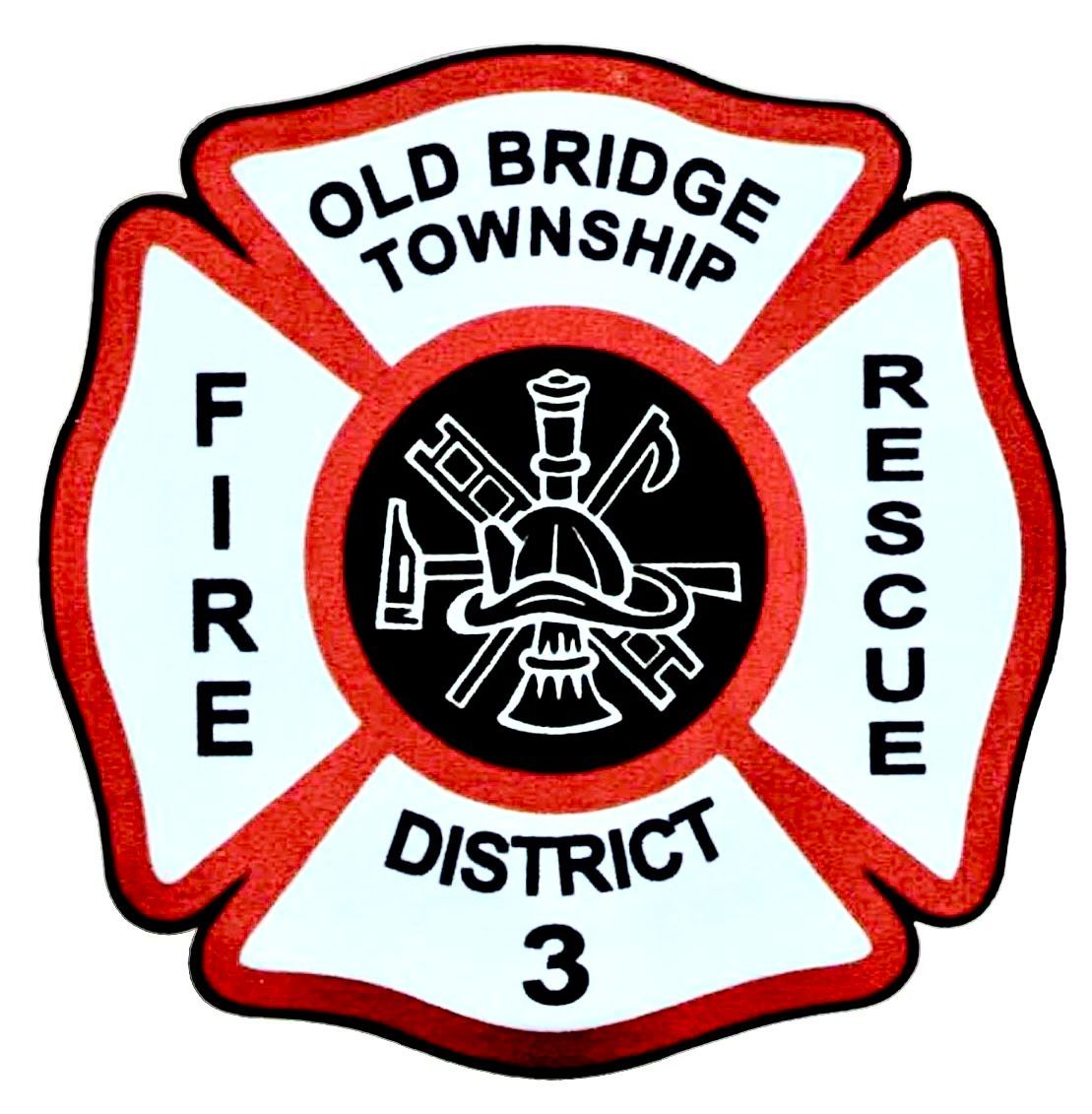



Phone: 732-723-1124 | Email: firedistrict3@obfd3.com
Address: 913 Englishtown Road Old Bridge, New Jersey 08857
We are closed daily from 12 Noon to 1pm for lunch
© 2023 All Rights Reserved | Board of Fire Commissioners, Fire District 3, Township of Old Bridge
All Rights Reserved | Board of Fire Commissioners, Fire District 3, Township of Old Bridge
